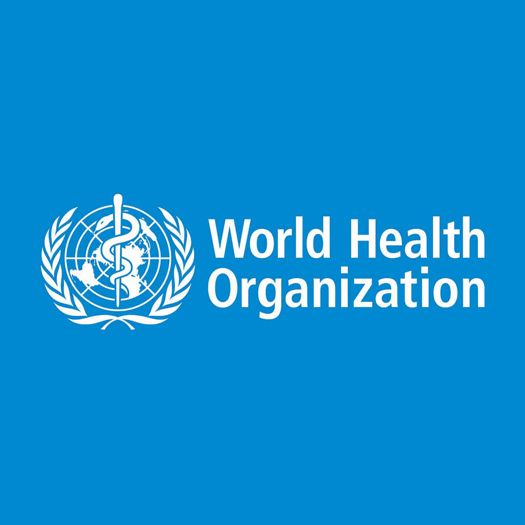Lack of new antibiotics threatens global efforts to contain drug-resistant infections
20.01.2020

Declining private investment and lack of innovation in the development of new antibiotics are undermining efforts to combat drug-resistant infections, says the World Health Organization (WHO).
Two new reports reveal a weak pipeline for antibiotic agents. The 60 products in development (50 antibiotics and 10 biologics) bring little benefit over existing treatments and very few target the most critical resistant bacteria (Gram-negative bacteria).
While pre-clinical candidates (those in early-stage testing) are more innovative, it will take years before they reach patients.
“Never has the threat of antimicrobial resistance been more immediate and the need for solutions more urgent,” says Dr Tedros Adhanom Ghebreyesus, Director-General of WHO. “Numerous initiatives are underway to reduce resistance, but we also need countries and the pharmaceutical industry to step up and contribute with sustainable funding and innovative new medicines.”
Clinical development review
WHO in 2017 published the priority pathogens list, 12 classes of bacteria plus tuberculosis that are posing increasing risk to human health because they are resistant to most existing treatments. The list was developed by a WHO-led group of independent experts to encourage the medical research community to develop innovative treatments for these resistant bacteria.
Of the 50 antibiotics in the pipeline, 32 target WHO priority pathogens but the majority have only limited benefits when compared to existing antibiotics. Two of these are active against the multi-drug resistant Gram-negative bacteria, which are spreading rapidly and require urgent solutions.
Gram-negative bacteria, such as Klebsiella pneumoniae and Escherichia coli, can cause severe and often deadly infections that pose a particular threat for people with weak or not yet fully developed immune systems, including newborns, ageing populations, people undergoing surgery and cancer treatment.
The report highlights a worrying gap in activity against the highly resistant NDM-1 (New Delhi metallo-beta-lactamase 1), with only three antibiotics in the pipeline. NDM-1 makes bacteria resistant to a broad range of antibiotics, including those from the carbapenem family, which today are the last line of defence against antibiotic-resistant bacterial infections.
“It’s important to focus public and private investment on the development of treatments that are effective against the highly resistant bacteria because we are running out of options,” says Hanan Balkhy, WHO Assistant Director-General for Antimicrobial Resistance. “And we need to ensure that once we have these new treatments, they will be available to all who need them.”
On a more positive note, the pipeline for antibacterial agents to treat tuberculosis and Clostridium difficile (which causes diarrhea) is more promising, with more than half of the treatments fulfilling all the innovation criteria defined by WHO.
Preclinical development review
The pre-clinical pipeline shows more innovation and diversity, with 252 agents being developed to treat WHO priority pathogens.
However, these products are in the very early stages of development and still need to be proven effective and safe. The optimistic scenario, the report indicates, is for the first two to five products to become available in about 10 years.
WHO on AMR
New treatments alone will not be sufficient to combat the threat of antimicrobial resistance. WHO works with countries and partners to improve infection prevention and control and to foster appropriate use of existing and future antibiotics.
In the area of research and development, WHO and the Drugs for Neglected Diseases Initiative (DNDi) have established the Global Antibiotic Research and Development Partnership (GARDP), a non-profit research and development organization accelerating the development of new and improved antibiotics to tackle drug-resistant infections. GARDP’s strategy is to deliver five new treatments by 2025. GARDP is working with more than 50 public and private sector partners in 20 countries to develop and ensure sustainable access to treatments, promoting responsible use and affordability to all in need.
Source: www.who.int

